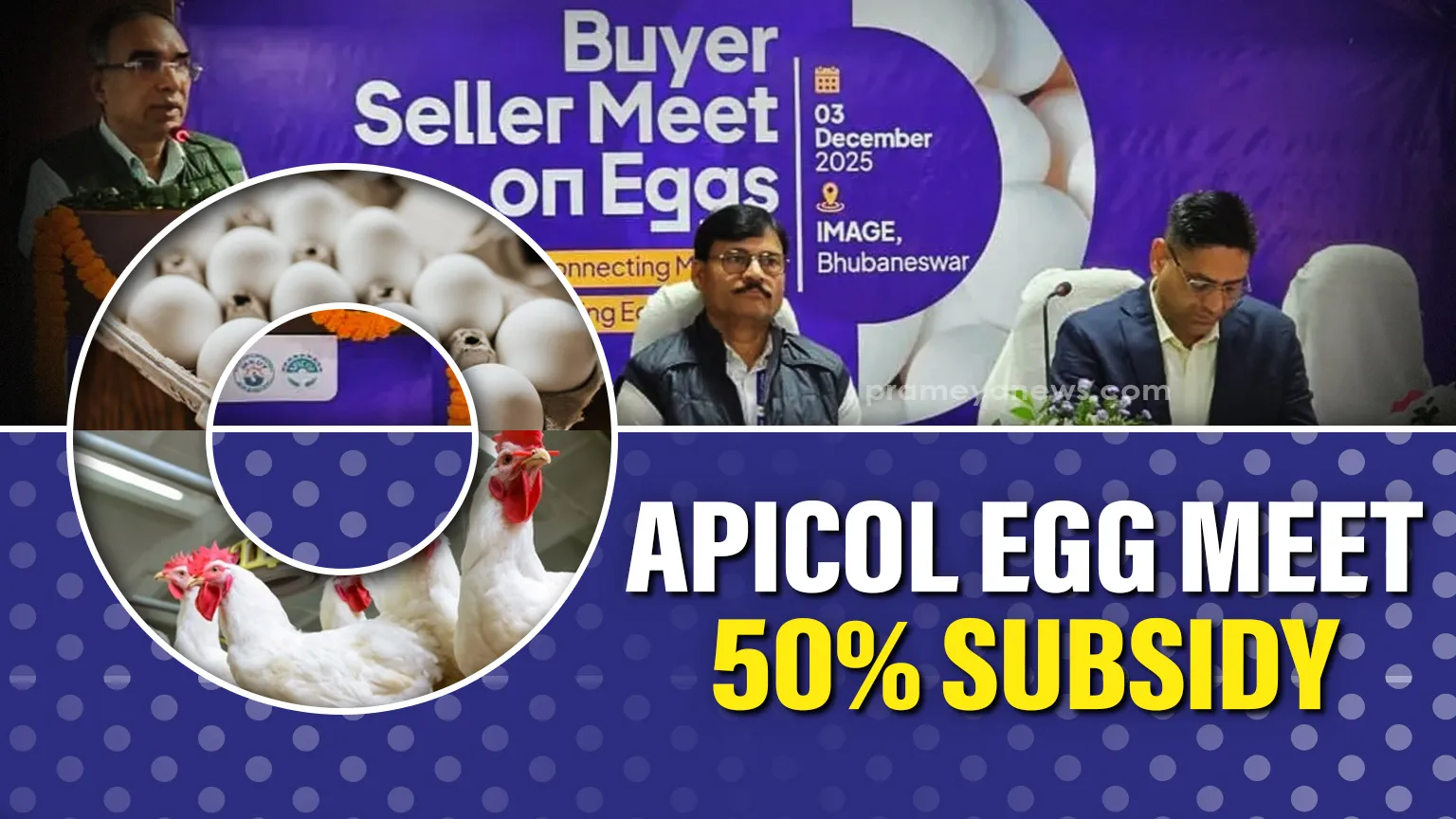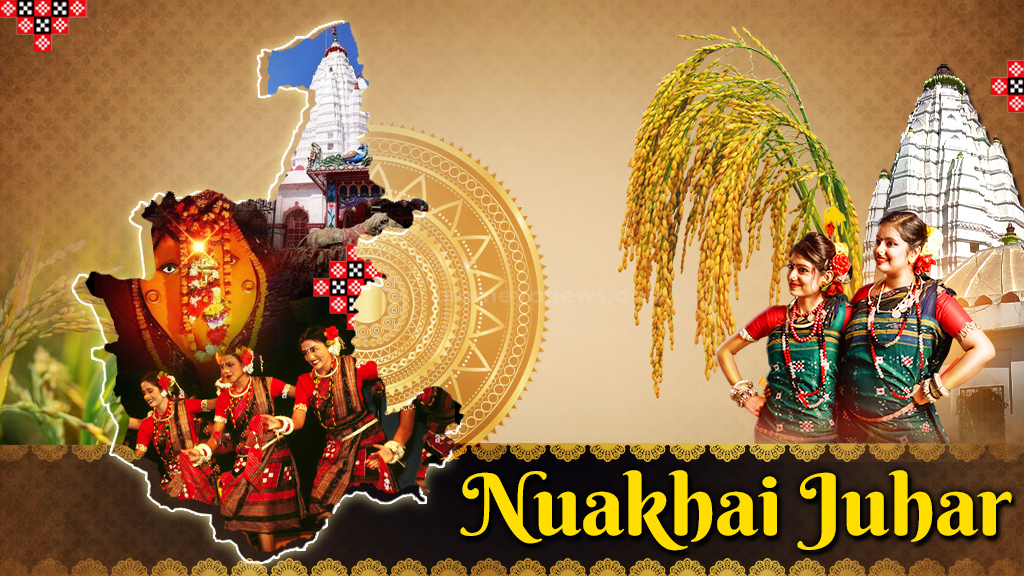

Sambalpur, Aug 28: With the onset of the month of Bhadraba, households across western Odisha gear up for the much-awaited Nuakhai festival. Preparations begin with cleaning and decorating homes, buying new utensils, clothes, food items, and puja materials from the local markets. Families, no matter where they are, return to their native homes to celebrate this festival together.
Nuakhai, considered the most important agrarian festival of western Odisha, symbolises gratitude for the season’s first harvest. The newly harvested grain, called Nabanna, is offered to the presiding deities family deities, village goddesses, and kuladevis before being consumed.
A Festival Beyond Boundaries
Celebrated on the fifth day of the lunar fortnight of Bhadraba month, Nuakhai transcends barriers of caste, creed, gender, and religion. From villages to cities, rich and poor, kings and commoners, all partake in the ritual at the same auspicious moment, highlighting its nature as a people’s festival.
While in Hindu tradition it is regarded as the worship of Anna Brahma among tribal communities it is known by names such as Nabakhani, Horo Nabai, and Nabakhai. Sociologists believe the festival has tribal roots, though it also carries strong Hindu influences today.
Rituals and Traditions
In earlier times, various princely states celebrated Nuakhai on different days in honour of their local deities Samaleswari in Sambalpur, Sureshwari in Sonepur, Patneswari in Bolangir, and Manikeswari in Kalahandi.
Since 1991, however, the festival has been observed uniformly on Bhadrab Shukla Panchami across western Odisha.
Preparations for the big day last the entire month. The day after Janmashtami, astrologers and priests of the local Jagannath temple fix the auspicious time for the rituals. This is followed by weeks of shopping, house cleaning, and family reunions.
On the day of Nuakhai, rituals begin with prayers in the fields, offerings to Goddess Lakshmi at home, and grand processions to village deities, known as Pahur Jatra. Families prepare traditional delicacies like pitha, kakara, manda, sweets, and vegetables, with the best dishes of the year served on this day.
The family head distributes the first offering of the new grain as prasad to all members, after which greetings called Juhar are exchanged.
Through these greetings, old enmities are forgotten, and bonds of friendship are renewed.
Culture and Festivities
Post rituals, villagers engage in traditional games like Chhur and Kabbadi, while evenings are filled with folk dances, music, and cultural performances that showcase the region’s rich heritage.
For the people of western Odisha, life itself is marked “from one Nuakhai to the next.” The saying goes, “If alive, one shall surely celebrate Nuakhai Juhar once more.”